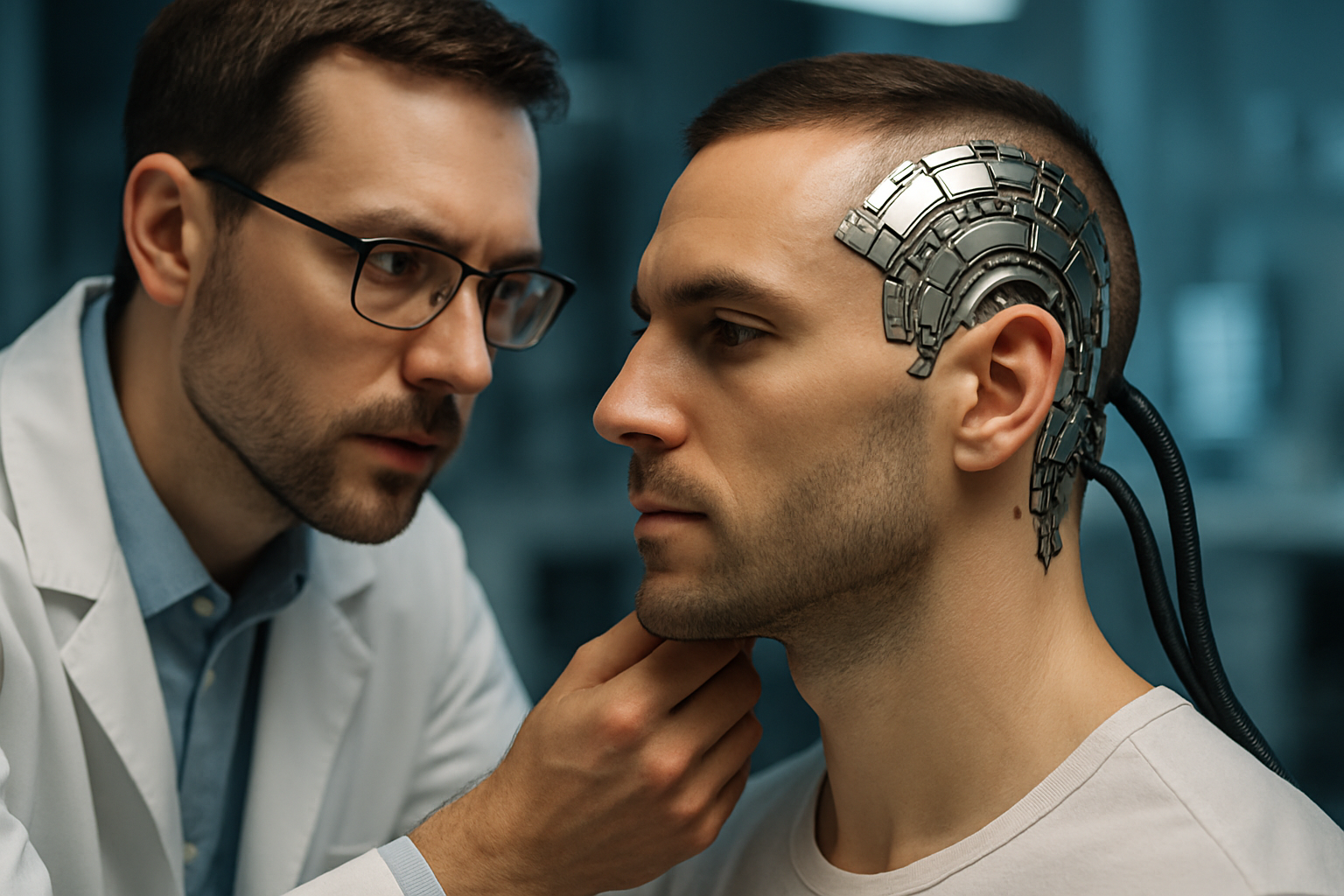Navigating the Legal Maze of Artificial Womb Technology
Introduction: As science fiction becomes reality, artificial womb technology is advancing rapidly, presenting unprecedented legal and ethical challenges. This groundbreaking development promises to revolutionize reproductive medicine but also raises complex questions about personhood, parental rights, and the very definition of human gestation. Our legal systems are now tasked with adapting to a future where human life can be nurtured outside the body from conception to birth.

The Emergence of Artificial Womb Technology
Artificial womb technology, also known as ectogenesis, has progressed from a distant dream to a tangible reality in recent years. Scientists have successfully sustained premature lamb fetuses in artificial wombs for weeks, bringing us closer to the possibility of complete external human gestation. This technological leap forward has profound implications for premature infants, infertile couples, and individuals unable to carry pregnancies to term. However, as we stand on the brink of this reproductive revolution, our legal frameworks are woefully unprepared to address the myriad of issues that arise from separating gestation from the human body.
Current Legal Landscape
The existing legal infrastructure surrounding pregnancy, birth, and parental rights is deeply rooted in biological processes. Laws governing surrogacy, in vitro fertilization, and fetal rights have evolved over decades but still fundamentally assume a human carrier. Artificial womb technology challenges these assumptions at their core. Currently, there is no specific legislation addressing the legal status of a fetus developing in an artificial womb, leaving a vast gray area in terms of rights, responsibilities, and potential liabilities.
Redefining Personhood and Fetal Rights
One of the most pressing legal questions raised by artificial womb technology is the definition of personhood. At what point does a fetus developing in an artificial womb gain legal rights? Traditional markers like viability outside the womb become obsolete in this context. Lawmakers and ethicists must grapple with establishing new criteria for personhood that account for this technological advancement. This redefinition could have far-reaching implications, potentially impacting debates on abortion, stem cell research, and other contentious areas of bioethics.
Parental Rights and Responsibilities
Artificial womb technology also complicates the already complex landscape of parental rights. In cases where genetic material from two parents is used, determining legal parenthood may be straightforward. However, scenarios involving donated genetic material, multiple contributors, or even state-sponsored ectogenesis for orphaned embryos present novel legal challenges. Courts will need to establish new frameworks for assigning parental rights and responsibilities in these unprecedented situations.
Medical Decision-Making and Liability
The shift of gestation from a woman’s body to an artificial environment raises critical questions about medical decision-making. Who has the authority to make decisions about a fetus developing in an artificial womb? How do we balance the interests of potential parents, medical professionals, and the developing fetus? Moreover, liability issues in cases of malfunction or complications with artificial womb technology will require careful legal consideration. The potential for medical malpractice suits and product liability claims in this new field is vast and largely uncharted.
Privacy and Data Protection
As artificial wombs become a reality, they will inevitably generate vast amounts of data about fetal development. This data could be invaluable for medical research but also raises significant privacy concerns. Legal frameworks will need to be established to protect the sensitive information generated during artificial gestation, balancing the needs of medical advancement with individual privacy rights. The potential for this data to be used in ways that impact the future child’s life, such as in insurance or employment decisions, must also be addressed.
International Legal Harmonization
The development of artificial womb technology is a global endeavor, and its implementation will likely vary across different countries and cultures. This presents a challenge for international law, particularly in cases where individuals might seek to use artificial womb technology in countries with more permissive regulations. Legal experts will need to work towards international agreements and standards to prevent reproductive tourism and ensure consistent protection of the rights of all parties involved.
Conclusion
The advent of artificial womb technology represents a paradigm shift in human reproduction, one that our legal systems are currently ill-equipped to handle. As this technology progresses from the laboratory to clinical application, it is imperative that lawmakers, ethicists, and legal scholars work proactively to develop comprehensive legal frameworks. These frameworks must be flexible enough to adapt to rapid technological advancements while robustly protecting the rights and interests of all stakeholders – from the potential parents to the developing fetus. The legal challenges posed by artificial womb technology are immense, but so too are the potential benefits to human health and reproductive freedom. By addressing these issues thoughtfully and proactively, we can ensure that the law evolves alongside this revolutionary technology, paving the way for a future where the miracle of life can flourish in new and groundbreaking ways.





